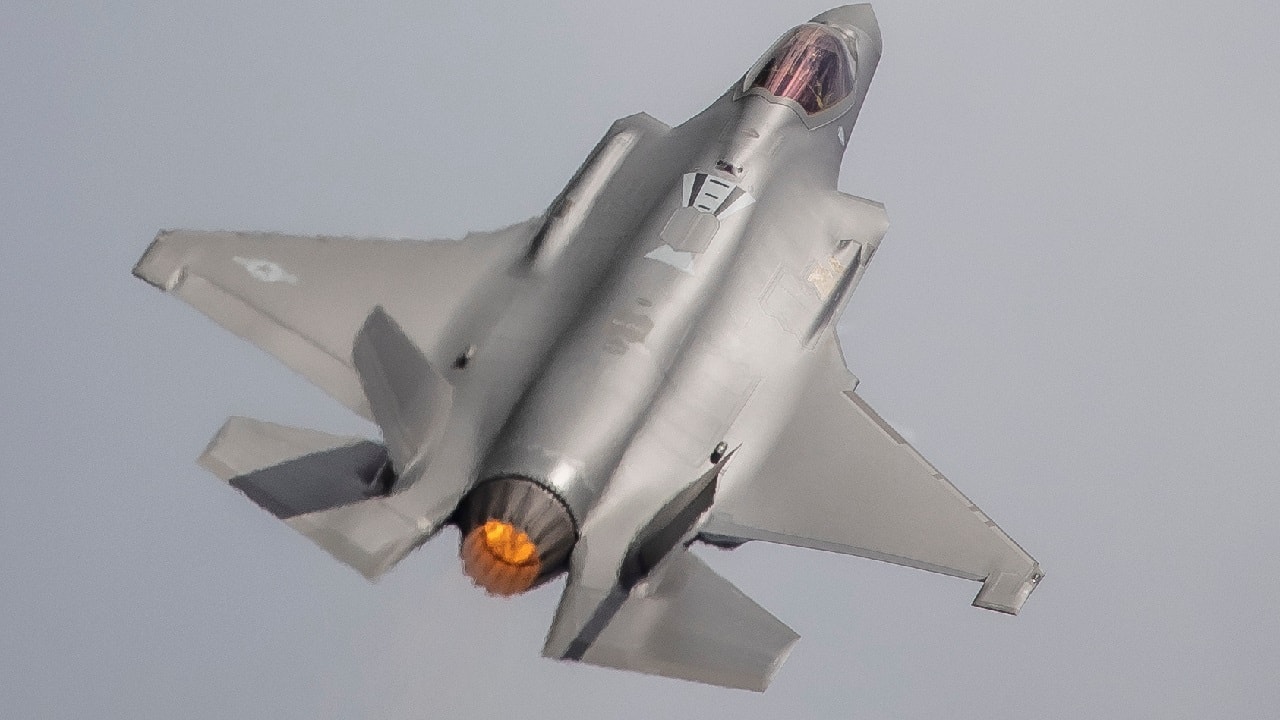Tensions Between U.S and China Over Taiwan Driving Aerial Warplane Confrontations – Is it a new aerial Cold War? American and Chinese fighter planes are increasingly confronting each other in the East China Sea. Diplomatic relations are somewhat strained between the United States and China, and this has translated into a rivalry playing out between both nations’ most sophisticated fighter planes. An American general said recently that several mock encounters have taken place between the F-35 and J-20 warplanes. It appears that China’s geopolitical designs versus Taiwan are now driving tactics in the skies.
Are the Chinese Pilots Getting Better?
U.S. Pacific Air Force commander General Kenneth Wilsbach admitted that American and Chinese fighter pilots have been flying near each other since 2020. These maneuvers have encouraged the U.S. Air Force fighter pilots to have an evolving opinion about the J-20 Mighty Dragon.
Wilsbach spoke to the Mitchell Institute for Aerospace Studies and described the antics between the F-35s and J-20s. American pilots, according to Wilsbach, have come away with a more positive opinion of the J-20 and U.S. aviators are “relatively impressed.”
Evolving Tactics with Airborne Command and Control
The general also referred to the KJ-500 early warning and command and control airplane as something that is making a difference for the Chinese. Command and control is playing a significant role in Chinese aerial tactics, according to Wilsbach.
“Some of their very long-range air-to-air missiles are aided by that KJ-500,” Wilsbach said. “Being able to interrupt that kill chain is something that interests me greatly,” the South China Morning Post reported.
J-20 Starting to Catch Up to American Stealth Fighters
The twin-engine, single seat, multi-role Chengdu J-20 Mighty Dragon has stealth characteristics with a minimal radar cross-section. It has a marked resemblance to the F-35 that has many suspecting that China stole American designs and technology to build the fighter. The J-20 is not totally stealthy, but it is maneuverable enough to impress some American pilots.
Americans See Glimpses of Chinese Expertise in the Air
Air Force brass is trying to sound the alarm about the People’s Liberation Army Air Force’s (PLAAF) evolution into a modern group of airplanes that can rival the United States. The Chinese warplanes are getting better, and they are not afraid to fly them into Taiwan’s air defense identification zone.
China has come a long way in the last 20-years. PLAAF pilots were thought to be outmatched by the Americans who had more experience flying in different weather, at night, and most important, in combat. The Chinese have tried to fix those shortcomings and they are not backing down in the air.
The PLAAF is improving each year, although it is difficult to predict air superiority in a shooting war. Russia was thought to have greatly modernized their air force, but they have been surprised by the Ukrainian pilots and their additional propensity to destroy Russian air assets by portable anti-aircraft systems and larger surface-to-air missiles.
The Chinese are also using airborne early warning aircraft that extends the aerial battlefield and can give fighter pilots an edge when flying close to American fighters. The Chinese can wield electronic warfare and jamming capabilities. The J-20 also extends its range with external fuel tanks that allow it to project power at greater distances.
Not So Fast; American Warplanes Can Still Outfly the J-20
But the F-35 still has the edge compared to the J-20, according to John Venable, a defense analyst at the Heritage Foundation think tank and a former U.S. Air Force pilot. “The J-20, in my estimation, would be dead long before it had the ability to maneuver against either the F-22 or the F-35,” he said. “It’s got enough spikes on it to where the radar returns on it are likely to be much more significant, which means that the F-22 and the F-35 can see it a lot farther away” Venable told National Defense Magazine.
But the Chinese will likely not back down and will continue flying in a way that puts them close to the F-35 in the East and South China Seas. We are likely to read about more “encounters” between Chinese and American pilots, and it will be up to Air Force brass to convince Pentagon leadership, Members of Congress, and the White House National Security Council staff that it cannot be assumed the United States will always own the skies in the Indo-Pacific.
Now serving as 1945’s Defense and National Security Editor, Brent M. Eastwood, PhD, is the author of Humans, Machines, and Data: Future Trends in Warfare. He is an Emerging Threats expert and former U.S. Army Infantry officer. You can follow him on Twitter @BMEastwood.

